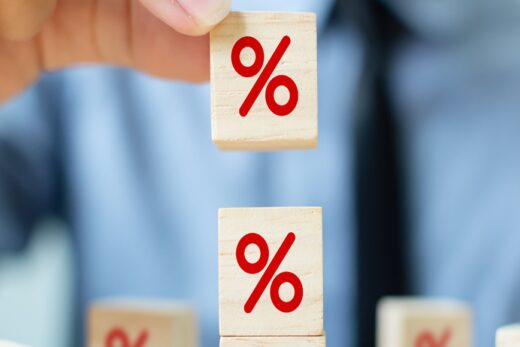The year-on-year fall in provisions by nearly 20 per cent also helped the lender post a 55 per cent year-on-year rise in net profit to Rs 6,504 crore. The lender’s net interest income, however, grew at a modest pace of 3.7 per cent on-year to Rs 26,642 crore in the reported quarter.
That said, here are the major takeaways from another quarter of stellar earnings from the country’s largest lender:
Plummeting SMA-2 loans say all is well
Heading into the June quarter earnings season, most investors were concerned about the health of the loan book of banks in the wake of a devastating second wave of the pandemic in the country and renewed lockdowns.
That said, SBI’s internals showed that the bank is in much better shape than the frontline asset quality numbers project. SMA-2 accounts, loans on which payment is overdue for more than 60 days but less than 90 days, plummeted to Rs 3,326 crore in the quarter from Rs 6,843 crore in the March quarter.
The decline in SMA-2 loans suggest that the threat to asset quality in the medium term is much lower than was expected by investors.
Second wave hits asset quality
Nonetheless, SBI did feel the impact of the second wave of the pandemic on its asset quality as gross non-performing assets ratio rose to 5.32 per cent from 4.98 per cent in the previous quarter.
The bank saw a sharp rise in SMA-1 loan accounts during the quarter, likely because borrowers chose to defer EMI payments during the peak of Covid-19 outbreak for other contingent expenses. SMA-1 accounts, or loans where payment is overdue by more than 30 days but less than 60 days, rose to Rs 7,977 crore from Rs 4,676 crore in the previous quarter.
Housing, personal loans buck trend
While the overall credit growth at SBI was muted at 5.6 per cent, the bank saw sturdy growth in home loans and personal loans despite the disruption caused by the second wave.
Personal loans grew 16.5 per cent on-year in the June quarter, indicating that individuals are relying increasingly on borrowings for purchases. Within the personal loans category, gold loans saw a more than 300 per cent on-year jump in the quarter, reflecting the current stress in household incomes.
At the same time, home loans rose 11 per cent on-year, reflective of the demand for housing in the country.



